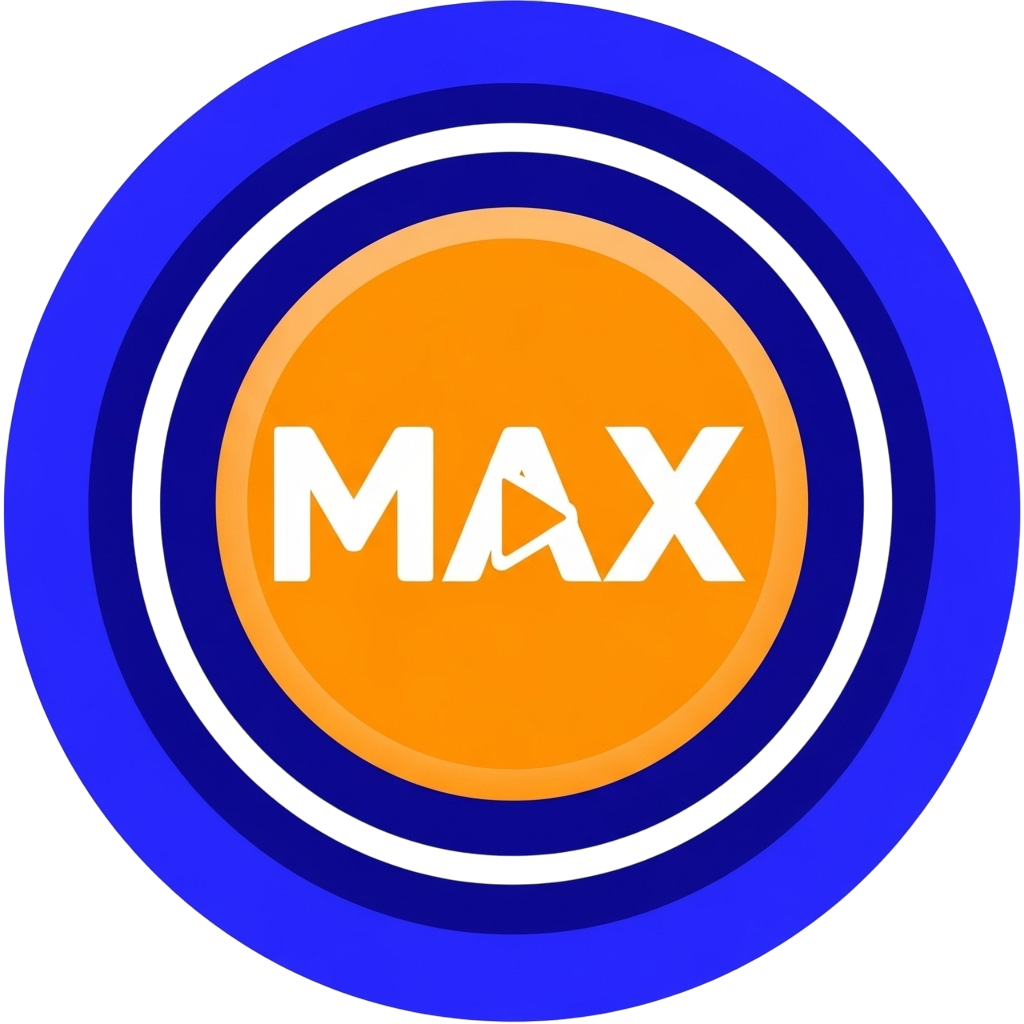The
Windows Soundboard is more than just a collection of noises; it's a vault of digital nostalgia. It comprises the distinctive audio cues, musical themes, and error signals from classic Microsoft operating systems, most famously Windows XP, 98, and 95. These recognizable chimes-from the grandiose Windows Startup Sound to the abrupt Error Notification ding-serve as powerful cultural anchors for millions of people who grew up with or worked on these PCs. They are instantly iconic because they evoke a shared, nostalgic memory of a pivotal era in home computing and have been repurposed as essential tools in modern meme culture.
Tracing the Digital Roots of the Viral Windows Soundboard Meme
The Official Source: Which Windows Versions Started It All?
The sounds at the heart of the Windows Soundboard originate directly from the system files of various Microsoft operating systems. Each version of Windows was designed with a unique "sound scheme" to provide auditory feedback to the user. For instance, the majestic, orchestral startup sound for Windows XP was intentionally composed to convey a feeling of power and stability. The sounds are simple, functional audio markers that, through sheer ubiquity, were imprinted into the collective subconscious of the internet. By being pre-installed on virtually every PC for decades, they became one of the most widely heard sound collections in history.
How Did the Windows Soundboard Achieve Global Meme Status?
The transition of these functional chimes into a global meme happened organically, driven by two key forces: nostalgia and online remix culture. As the generation that grew up with Windows XP entered their late teens and adulthood, they began referencing this shared childhood experience. Creators on platforms like YouTube and Scratch started making chaotic "Windows Remixes" or "Windows Error Music," crafting entire musical compositions solely from the system's sound effects. This trend accelerated into what is often called "ear rape" or bass-boosted memes, where the sounds (especially the Windows Error chime) are used with distorted volume for comedic effect. This continuous repurposing cemented the Windows Soundboard as a viral, cross-generational reference, even as the original operating systems faded into obsolescence.
Mastering the Humor: When to Deploy Your Favorite Windows Chime
The effectiveness of the Windows Soundboard lies in its perfect timing and comedic context. New users can maximize the humor by using the sounds to:
- Punctuate Failure: The Windows Error sound is universally recognized as a symbol of things going wrong, making it perfect for reacting to a mistake, a sudden drop in a video game, or a poor decision in a sketch.
- Signify Arrival/Departure: The classic Startup and Shutdown themes are used to humorously introduce or end a segment, or even to signify a character's "waking up" or "logging off" from a situation.
- Create Chaos: Playing multiple, layered system sounds (like errors, beeps, and critical stops) simultaneously is a popular tactic for generating an immediate sense of digital absurdity or a "system crash" effect.
The Legacy of Nostalgia and Your Next Soundboard Obsession
The Windows Soundboard remains a cornerstone of digital humor, constantly reminding us of the days when a simple "ding" meant an error and a smooth theme meant a computer was ready for action. It’s an iconic example of how everyday technology can be transformed into a lasting cultural artifact.
Ready to explore your own nostalgic sound collection or find the perfect audio effect for your next stream? You can access the ultimate collection of iconic audio effects on soundboardmax.com! And if you're looking for something with a bit more chaotic energy, be sure to check out the iconic
Angry Grandpa Soundboard for endless laughs. Start creating your own meme magic today!
